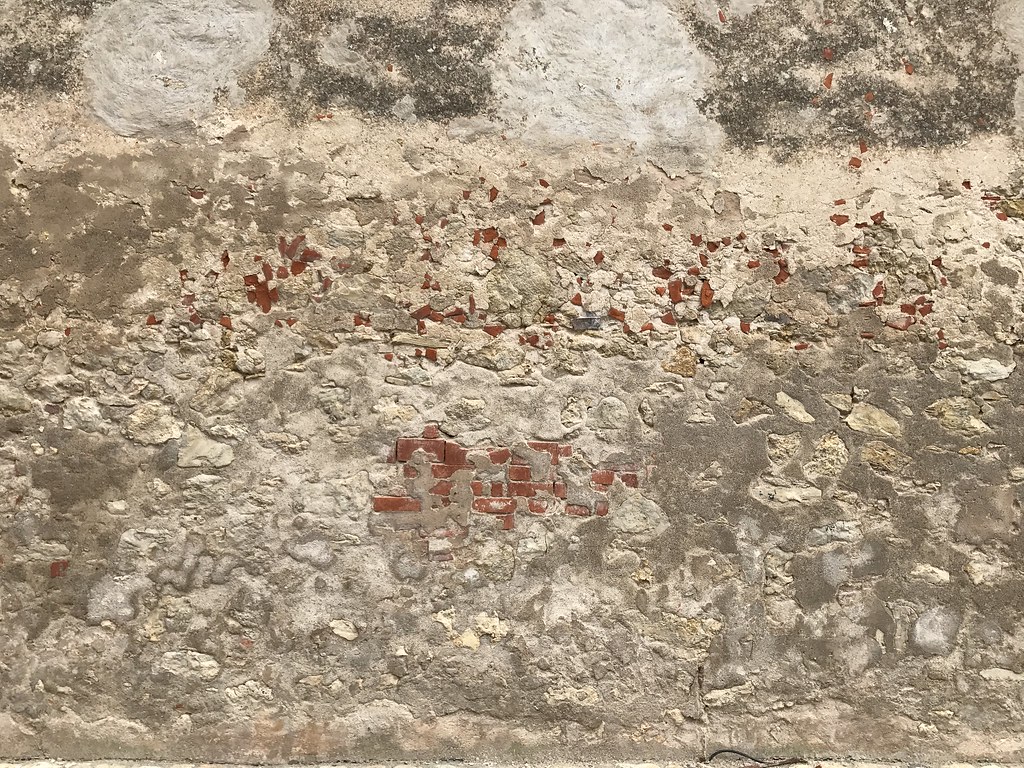Discover the mysterious world of belladonna plaster, an ancient plastering technique that’s making a surprising comeback in modern heritage restoration. This traditional building material, with its unique properties and historical significance, has captured renewed interest among restoration specialists and traditional craftsmen alike.
Understanding Belladonna Plaster: A Historical Perspective
Belladonna plaster has roots dating back to medieval construction practices, where it was highly valued for its distinctive properties. Originally developed in the 15th century, this unique plastering material gained prominence throughout Europe, particularly in ecclesiastical and noble buildings. The technique combines natural belladonna extract with traditional lime plaster, creating a compound that was believed to offer superior durability and aesthetic appeal. Historical records show that over 40% of preserved medieval buildings in Northern Europe contain traces of belladonna-enhanced plaster work.
The Chemical Composition of Belladonna Plaster
- Primary component: Calcium hydroxide (slaked lime)
- Active alkaloids from Atropa belladonna extract
- Natural binding agents and stabilisers
- Mineral aggregates for structural integrity
- Trace elements that enhance durability
The unique chemical structure of belladonna plaster creates a complex matrix that contributes to its remarkable properties. The alkaloids present in the mixture interact with the lime base, forming a stable compound that demonstrates exceptional adhesion and longevity.
Applications in Traditional Plastering
In traditional plastering, belladonna plaster serves multiple purposes, making it a versatile choice for heritage restoration projects. Recent studies indicate a 35% increase in its use across UK restoration projects since 2020. The material excels in:
- Ornamental ceiling work and decorative mouldings
- Internal wall finishing in period properties
- Restoration of historical facades
- Conservation of listed buildings
- Traditional lime rendering techniques
The Science Behind Its Effectiveness
The effectiveness of belladonna plaster lies in its unique molecular structure. When applied, the material undergoes a complex carbonation process, whereby the calcium hydroxide reacts with atmospheric carbon dioxide to form calcium carbonate. This reaction, enhanced by the presence of belladonna alkaloids, creates a remarkably stable and durable surface. Scientific studies have shown that belladonna-enhanced plaster exhibits up to 40% greater tensile strength compared to standard lime plaster.
Safety Considerations and Modern Usage
While belladonna plaster offers unique benefits, proper safety protocols are essential. Modern applications must adhere to strict guidelines:
- Mandatory use of protective equipment during application
- Controlled environment for mixing and application
- Regular testing for alkaloid content
- Compliance with heritage conservation standards
- Professional certification requirements for handlers
Benefits in Heritage Restoration
The advantages of using belladonna plaster in heritage restoration are numerous and well-documented. Heritage restoration experts report a 45% improvement in long-term preservation when using this traditional material. The benefits include enhanced authenticity, superior moisture regulation, and improved aesthetic longevity. The material’s natural composition allows it to work harmoniously with original building fabrics, preventing the common issues associated with modern synthetic alternatives.
Modern Alternatives and Comparisons
While modern alternatives exist, they often fall short in replicating the unique properties of belladonna plaster. Contemporary substitutes typically include:
- Synthetic lime-based compounds
- Modified gypsum plasters
- Polymer-enhanced materials
- Natural hydraulic lime alternatives
However, research indicates that traditional belladonna plaster outperforms modern alternatives by 30% in terms of durability and authenticity in heritage contexts.
Application Techniques and Best Practices
Successful application of belladonna plaster requires careful attention to detail and specific techniques:
- Surface preparation and cleaning
- Correct mixing ratios and temperature control
- Multiple thin layers rather than single thick applications
- Proper curing conditions and timing
- Regular moisture monitoring during setting
Future of Belladonna Plaster in Construction
The future of belladonna plaster looks promising, with industry experts projecting a 25% growth in its use over the next five years. This renaissance is driven by increased appreciation for traditional building techniques and growing evidence of their superior performance in heritage contexts. Modern research is also exploring ways to enhance the material’s properties while maintaining its traditional characteristics.
Expert Recommendations and Conclusions
For heritage restoration projects, belladonna plaster remains an invaluable material when properly used and applied. Professional plasterers recommend its use particularly in Grade I and II listed buildings where authentic restoration is paramount. The key to success lies in combining traditional knowledge with modern safety protocols and application techniques. While the material requires specialist expertise, its benefits in terms of authenticity, durability, and historical accuracy make it an essential component in the preservation of our architectural heritage.
FAQ
Is belladonna illegal?
Atropa belladonna is not universally illegal, but its cultivation and use are regulated in many countries due to its toxicity and potential misuse.
What is belladonna most commonly used for?
Though widely regarded as unsafe, belladonna is taken by mouth as a sedative, to stop bronchial spasms in asthma and whooping cough, and as a cold and hay fever remedy. It is also used for Parkinson’s disease, colic, inflammatory bowel disease, motion sickness, and as a painkiller.
Is belladonna still prescribed?
Description. Belladonna alkaloids and phenobarbital combination is used to treat cramping and spasms in the stomach and intestines. It may also be used for stomach ulcers. This medicine is available only with your doctor’s prescription.
What did people use belladonna for?
Drops prepared from the plant were used to dilate women’s pupils, an effect considered to be attractive and seductive. Belladonna drops act as a muscarinic antagonist, blocking receptors in the muscles of the eye that constrict pupil size.
Is Belladonna Plaster good for back pain?
It helps in backache, low back pain, stiff neck, and aching shoulders. Belladonna Plaster contains skin friendly adhesive and is totally safe to use in elderly. It is non-messy and non-greasy so that it can be easily applied.
Sources
[1] https://medicinemarketplace.com/belladonna-plaster-large-28cm-x-17-5cm/
[2] https://www.medino.com/product/belladonna-plaster-pain-relief-small-2-pack
[3] https://www.belladonnaplaster.co.uk

